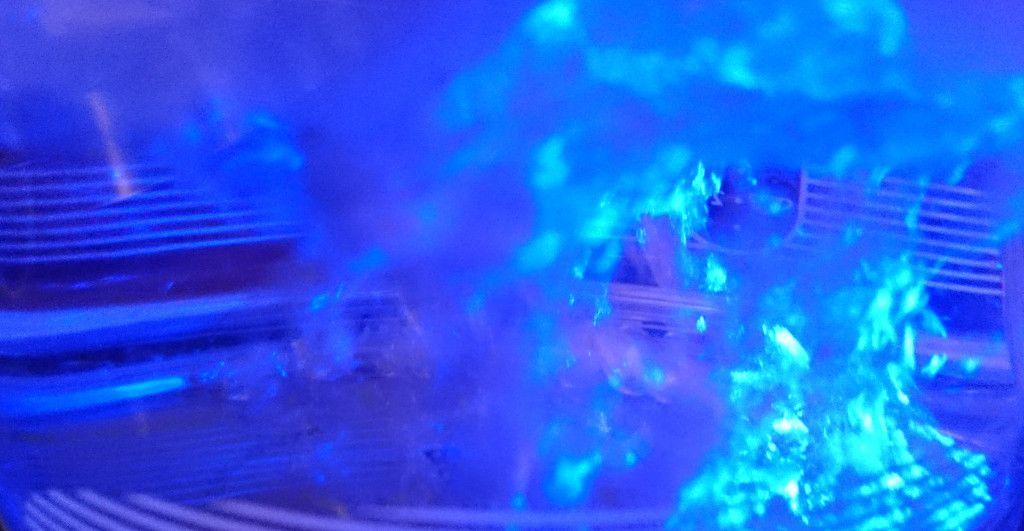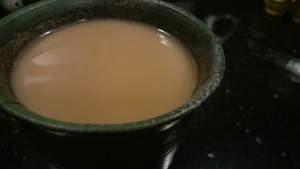The kettle that never boils

In the race for new products and features, sometimes we lose sight of why something exists in the first place.
This week our electric kettle died. As a tea drinker, this is a code red situation. A replacement needs to be sorted quick. My other options for boiling water were, well, slow in comparison.
My list of requirements for a kettle are simple but well defined.
1. I want a kettle with a glass body.
I’ve had some poor experiences with metal kettles — they give the water a slightly metallic taste. Plastic is functional, but our (now broken) kettle was glass and there was general agreement in our household that from a design point of view a glass bodied kettle was first choice.
2. It should have a high power rating.
I’ve missed checked power ratings before with electric kettles and ended up with a kettle that was really quite slow to bring water to the boil. You learn, so a new kettle should be around 2400W — which was the power rating of the old one.
3. It needs a capacity of 1.5L of higher.
I obviously don’t need 1.5 litres to make myself a cup of tea, but a larger kettle can generally cope with a smaller amount of water. A small kettle, by definition, can’t ever cope with any great quantity.
That’s it. Three simple requirements. I did a bit of product searching and reasonably quickly came to a short-list — there aren’t that many glass bodied kettles available. One kettle was in stock nearby and on sale! Choice made.
100c?
When I got home I unpacked the kettle and plugged it in. 4 buttons. No text, just icons. Rather than pick up the manual, I started pressing. The left-most button seemed to be used to select the temperature, in Celsius.
I pressed a few times. [beep] 60. [beep] 70. [beep] 80. [beep] 90. [beep] 60.
Erm. 60? What happened to 100c?
I cycled round again. I even tried holding the button down — starting to think, perhaps desperately, that there was some kind of safety feature stopping me setting the kettle to boiling point.
Nope. 90c was the maximum. Whilst it was heating the water I looked in the manual. 60, 70, 80 and 90. Oh no.
The kettle I had bought wouldn’t let me boil water. It was a kettle that couldn’t boil. I had no idea that I needed to have a 4th criteria on my list.
4. THE KETTLE MUST BOIL WATER.
Apparently this is something you need to check. I did some more checking and realised that a fair number of modern electric kettles with buttons and displays are crippled, or restricted, and can’t bring water to the boil.
I can completely understand the usefulness of below-boiling temperature settings. There are lots of hot-drink scenarios where this is a great idea.
60c is ideal for white tea. 80c for green tea. Coffee apparently works best at around 90c. Black tea, which is my tea of choice, needs 100c. Boiling water. Proper boiling water, not warm water or hot water.
I tried making a cup. It was sad. This wasn’t going to work for me. I had a kettle that couldn’t boil.
Make sure we are solving the right problem.
Per Axbom and I interviewed Don Norman earlier today for UX Podcast. Don is the father of “user-centered design”. Among the many smart things he said today was “Make sure we are solving the right problem. Find their needs”. I thought of my kettle. It didn’t solve my problem.
My needs went ignored. The design failed me.
The kettle went back to the shop. I went back to basics. I focused on my core problem. No temperature sensors or rows of buttons. This one has a single button. You turn it on and it boils water. A kettle that boils. Who’d have thought it.
Time for a proper cup of tea.

